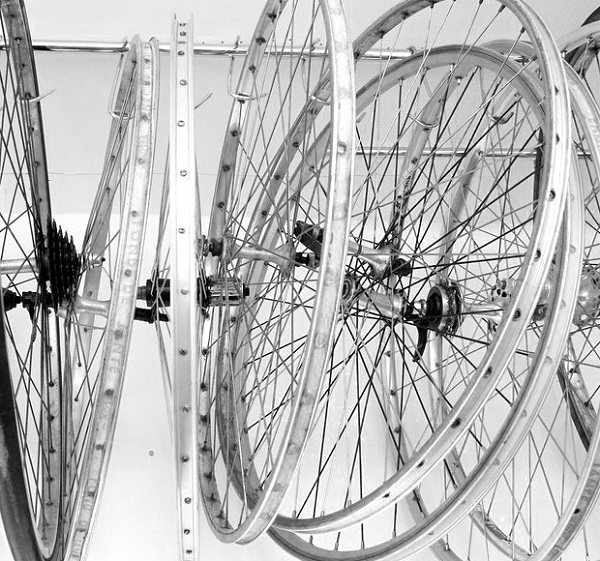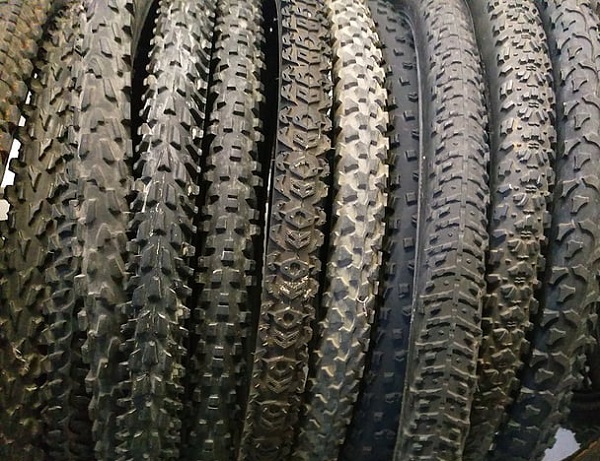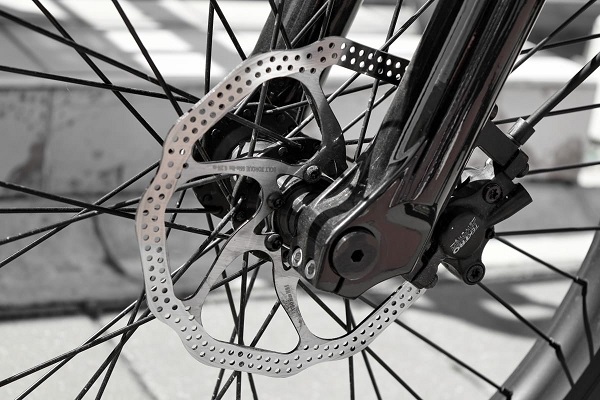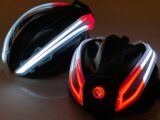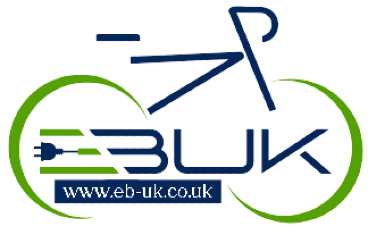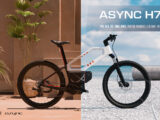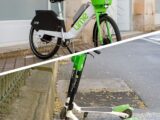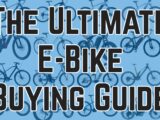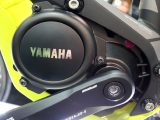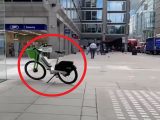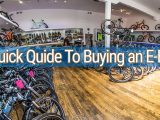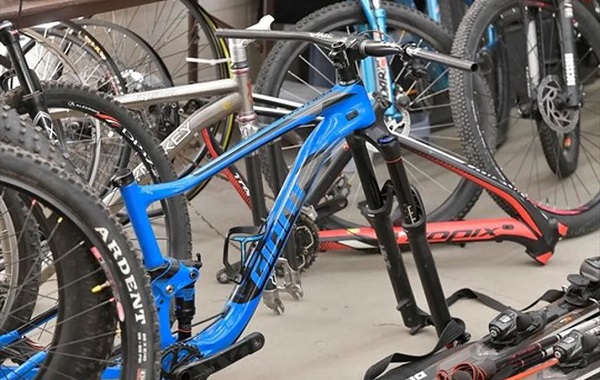
Getting to Know The Non-Electic Parts of Your E-bike
February 11, 2023When we mention parts on your e-bike we often talk about the electrical and technical side of things, but hardly ever the classic, mechanical parts that make-up the rest of your e-bike. So today we will talk about a few other things that make your e-bike the powerful machine it is…
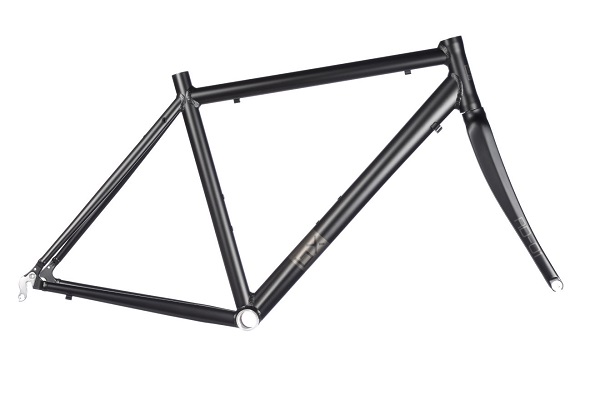
Frame – the soul of your bike.
All the parts of your bicycle are somehow attached to the frame and the fork, called frameset. It is indeed a “soul of the bike”, as it will affect:
The frameset is the soul of your bike…
- the handling of the bike
- your position on the bike (comfortable, aerodynamic, powerful etc.)
- the overall weight
- the look (very important factor, if you want to ride the bike with joy)
- compatibility with different components.
To consider, when buying the frameset:
- The size – we should never buy a bike in a hurry, not being sure, what size suits us the most
- The geometry – that’s where your comfort and bike’s handling comes from
- The Material – steel, aluminium, carbon, titanium, wood etc.
The wheels
The wheels have to deal with all the obstacles you go through. These are usually made of the rim attached to the hub by the spokes.
The wheels will affect:
- the handling (how stiff are they in the corners, how well they roll, how much road buzz they absorb)
- the overall weight – cheap 29″ wheels weigh over 2 kg, superlight carbon wheels can be even 1 kg lighter)
- the look of the bike – just as with the cars, the same bike can look much better on some cool wheelset.
To consider, when buying the wheelset:
- The size – unlike road bikes, mountain bikes can have three different wheel sizes: 26″, 27,5″ and 29″. The “small wheels” can be a good choice for smaller riders and many women, who have difficulties manoeuvringThe bike in the corners. The big wheel – 29″ – rolls better through the obstacles and gives the rider better traction in the mud.
- The number of spokes – the less spokes in the wheels, the lighter and more aero they are, but it affects their durability negatively and requires a lower weight limit of the rider. If your weight is much more than 90 kg or 200 lbs, consider the wheels, which have more than 28 spokes.
- The material – aluminium wheels are the best choice for everyday rides and training. The rims and even the hubs become more and more reliable in nowadays, but they cost much more and so I would recommend using such a wheels only for those important races.
The tires – your contact with the ground.
The tires are extremely important, as they affect a lot of different things. You must trust your tires when braking and speeding through the corners.
The tires will affect:
- the grip of your bike under dry and wet conditions
- the comfort of your rides on different roads.
To consider, when buying the tires:
- The width – after you’ve found the right size, think about the width of your tires. The 25 mm are now the most popular for the road bikes, as they provide enough grip, comfort and are still very fast. For the mountain bikes, the 2.1 or 2.25 are definitely a good idea for most of the riders.
- The tread – the more aggressive the tread, the more grip you’re gonna get in the terrain and less on the tarmac. For muddy terrain opt for the tires with less knobs.
- Tubeless Ready systems – I highly recommend trying out the tires without the inner tubes, as they allow you riding on a lower air pressure for more grip and comfort on the trails. The tubeless system lowers the risk of getting flat tire as well.
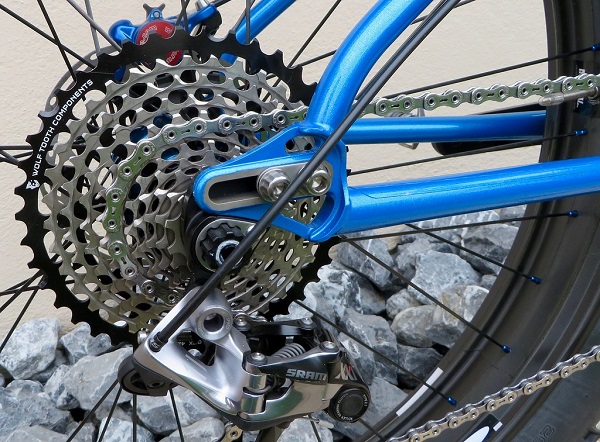
Drivetrain
The drivetrain consists of the crankset, cassette or freewheel, chain and the derailleurs which are operated by the shifters located on the handlebar. The type of drivetrain you choose will have an impact on the following:
Bike chainset. The crankset can have one, two or three chainrings.
The drivetrain will affect:
- ability to ride on steep climbs,
- ability to ride at high speed on descends,
- gear change quality,
- ability to ride with the most efficient cadence (cadence defines how fast you spin the cranks),
- the overall weight,
- durability of its parts.
To consider, when choosing the drivetrain:
- The number of front and rear sprockets – the most popular systems are: 3×8, 3×9, 3×10, 3×11, 2×11, 1×11. The more gears you have, the easier it is to find the most comfortable cadence.
- The number of teeth on the sprockets – unlike with the number of gears, the size of your sprockets defines the range of your gearing, which define how slow or how fast you can ride.
- The Materials – in some bike stores you’ll be told, that the higher and more expensive groupset you buy, the better for you, but the truth is, that the cheapest chainrings made of steel will be the most durable. The aluminium and titanium cogs will need to be replaced more often.
Brakes
You don’t want your bike to be unstoppable 😉 And good brakes will actually let you ride faster. Different brake models will affect the power and distance you can break. The disc brakes on a road bike give you more control, even in wet conditions.
The brakes will affect:
- braking power in dry and wet conditions
- modulation (predictable power, that you apply on your brakes)
- overheating resistance (better brakes dissipate heat more efficiently).
To consider, when choosing the brakes:
Caliper brakes or disc brakes – make sure your frameset will fit the type of the brakes you’re buying. Godd quality disc brakes are usually more powerful than the caliper brakes.
Hydraulic or mechanical brakes – once again, good quality hydraulic brakes are generally more efficient, than the mechanical ones, but need some more knowledge in terms of their maintenance.
Disc brake rotor size – the rotors must fit your frameset and the brakes.

The contact points
These are the parts which support your body:
- the pedals – platform / flat pedals, road clipless pedals, MTB clipless pedals,
- the handlebars – different shapes and width allow us to find an ergonomic position for our arms and upper body,
- the stem – this part connects the bars with the fork, it can have different length and incline,
- the saddle – your comfort and health depend largely on the right choice in this matter,
- the seatpost – this tube slides into the seat tube of the frame and it supports the saddle.
That’s it! These are the basic, non-electrical components that make up your e-bike. Over the next few weeks, we will be going into each of them in detail, but for now, that is all you really need to know.

